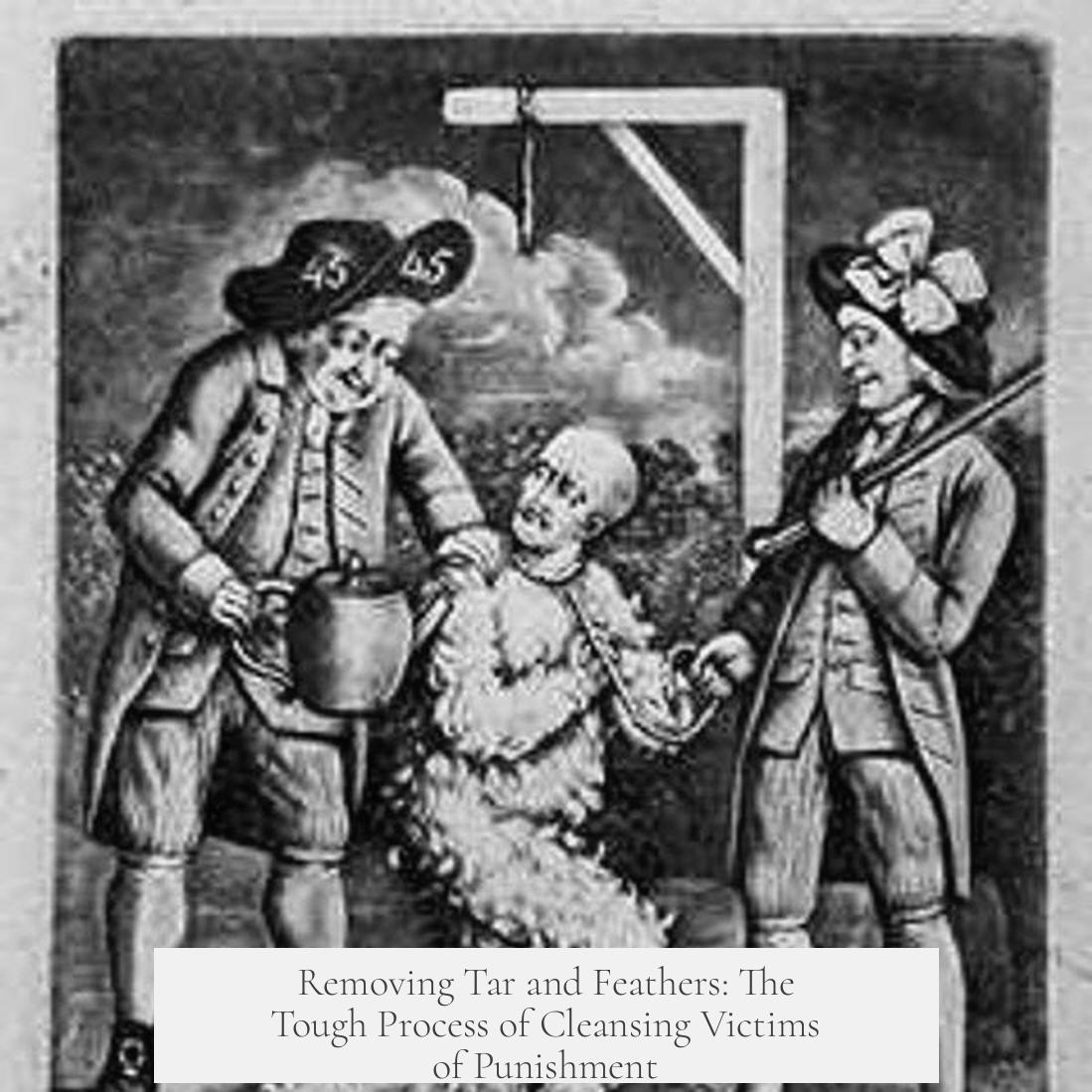Tarred and feathered individuals removed the tar and feathers through a painful, laborious process involving solvents, abrasives, and assistance, often causing skin damage and lasting effects.
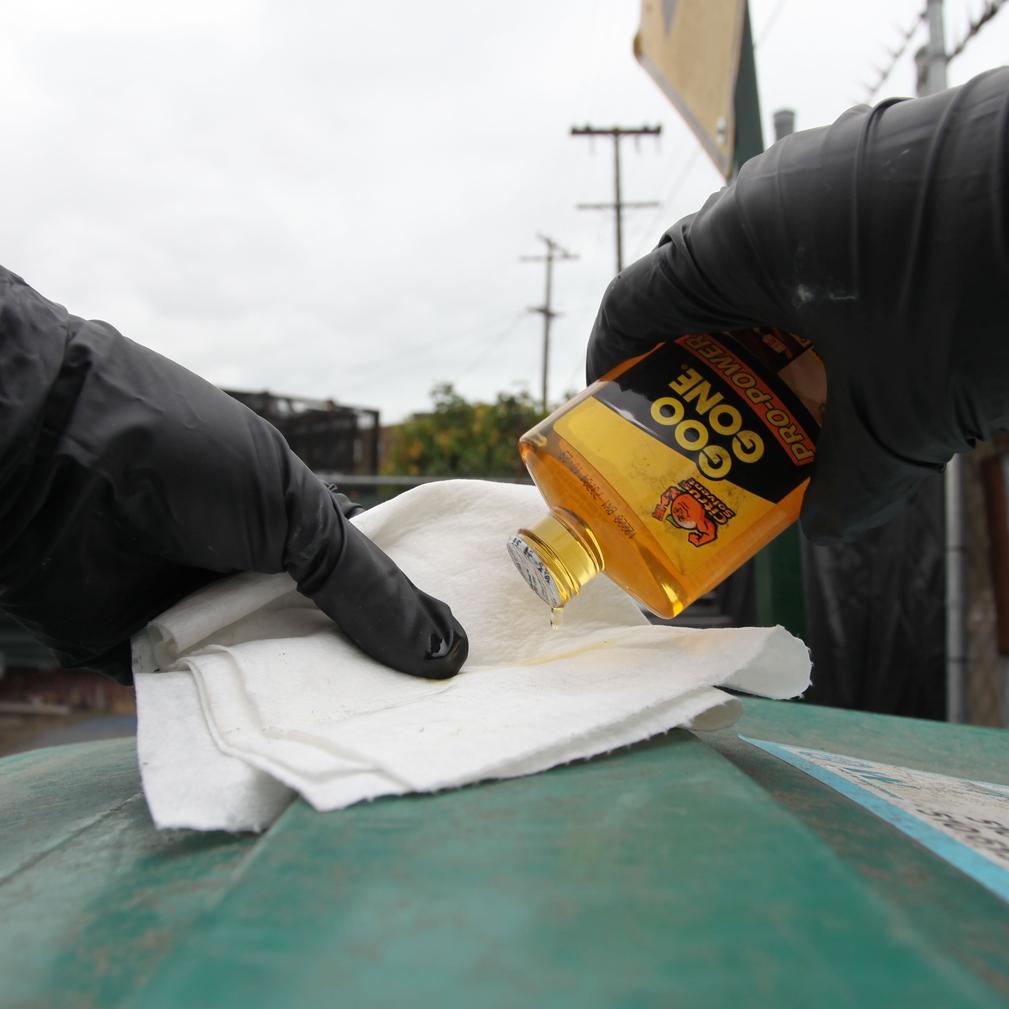
The primary method to remove tar relied on solvents and scrubbing. Turpentine, a common solvent, helped dissolve the sticky tar. However, turpentine caused intense pain when applied to affected areas of the skin. Victims frequently endured harsh scrubbing with abrasive materials like sand, soap, and water.
This scrubbing often required aid from friends or family members. The removal process usually occurred away from public view due to the risk of hostile crowds. For example, a doctor who tried to help a tarred Tory in 1777 faced attack by bystanders and was targeted himself.
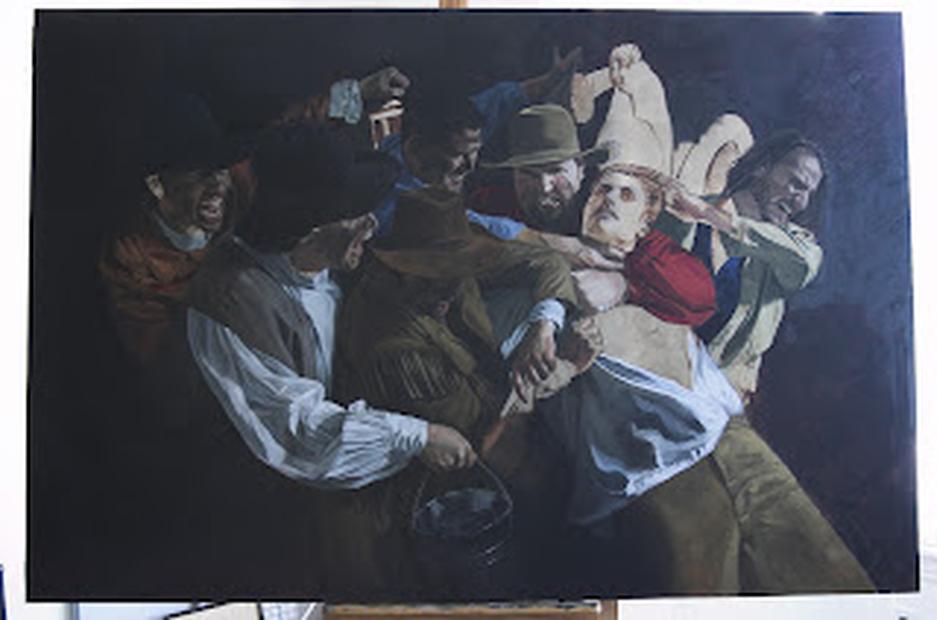
The process often removed not just tar and feathers but also body hair and layers of skin, causing significant injury. This rough treatment left the skin scarred, defaced, and sensitive. An aftereffect known as “tar acne” sometimes developed after the tar was gone, resulting in persistent skin irritation or blemishes.
Victims described nights spent scraping and washing the tar off to prepare for eventual dressing and recovery. Despite the trauma, some resumed normal activities quickly, although their skin showed evidence of the ordeal.
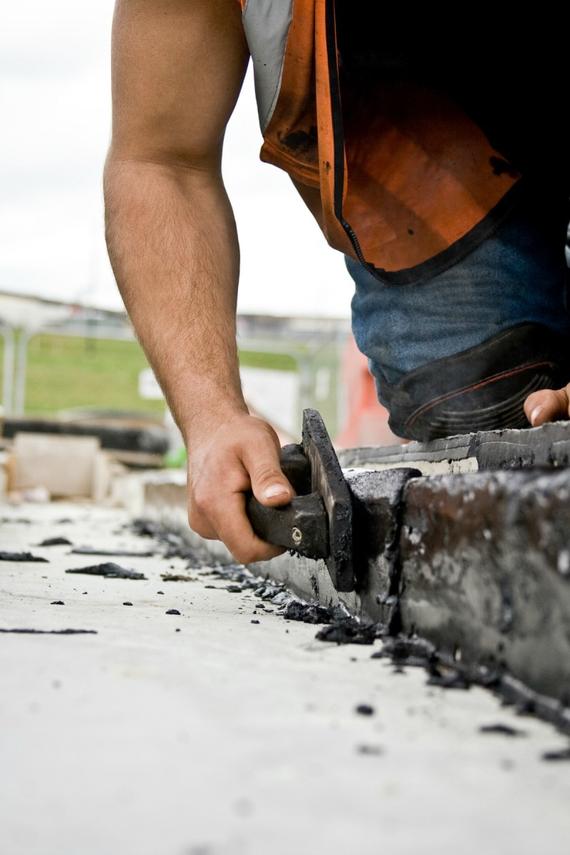
| Step | Details |
|---|---|
| Solvent Application | Turpentine used to break down tar, causing pain |
| Abrasive Scrubbing | Soap, sand, and water used to scrub tar and feathers off |
| Assisted Removal | Friends or family helped away from crowds to avoid attacks |
| Skin Damage | Removal caused loss of hair and layers of skin, leading to scars |
| Post-care Effects | ‘Tar acne’ and skin irritation common after removal |
- Tar removal combined solvents, abrasives, and careful scrubbing.
- The process was painful and risked further injury to the skin.
- Removal usually required assistance and a safe location.
- Physical damage often included loss of hair and skin layers.
- Long-term skin irritation and scarring were common after-effects.
How Did Tarred and Feathered People Get the Tar and Feathers Off?
Getting tar and feathers off isn’t as simple as taking a shower. Over centuries, this brutal yet peculiar form of punishment left victims with sticky situations—literally. So how on earth did they remove the tar and feathers? Let’s dive deep into the gruesome, sweaty, and sometimes painful process of un-tarring and un-feathering.
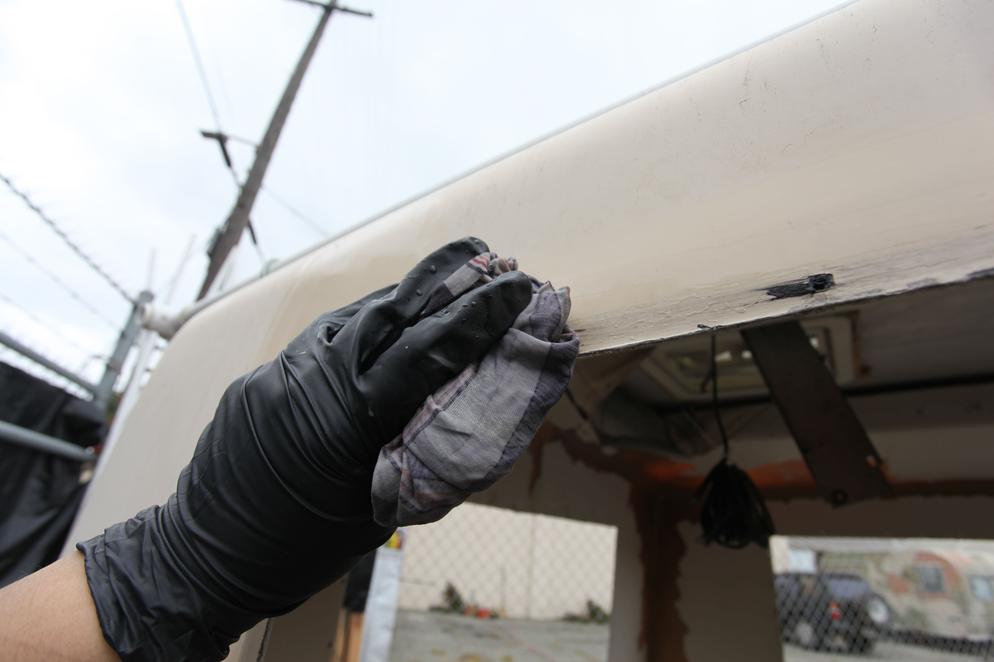
Imagine you have sticky pine tar slathered onto your skin or clothes, then covered with sharp feathers. The goal was humiliation and pain, not death, but the aftermath required serious effort to undo. Removing tar from hair, skin, and clothes was quite a feat.
The Sticky Situation: What Made Removal So Hard?
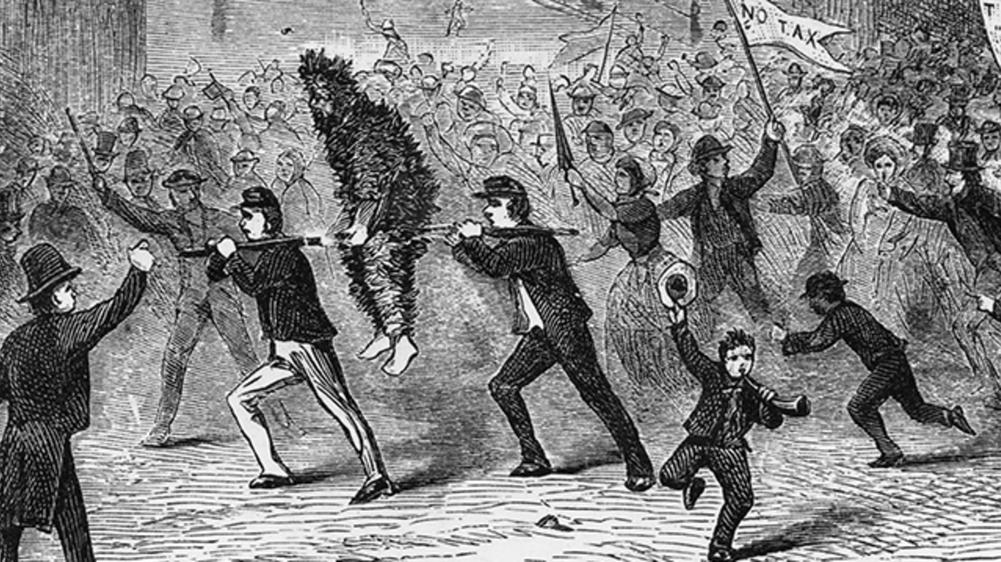
Tar used in these punishments wasn’t your average pavement tar (asphalt). It was typically pine tar. This meant it didn’t need to be super hot to be applied, but it still clung fiercely. When combined with feathers, the victim looked like a walking backyard barbecue — minus the fun.
Severity varied. If victims were clothed or wrapped in a sheet, that layer somewhat protected their skin. Tar on clothing was a bit easier to wash off—but CLOTHES and SKIN, both presenting challenges. If the tar got onto bare skin—ouch. That’s an entirely different nightmare. Sometimes, victims were stripped down to waist or even completely. Sometimes even beaten or mutilated before the tar. That only deepened the agony.
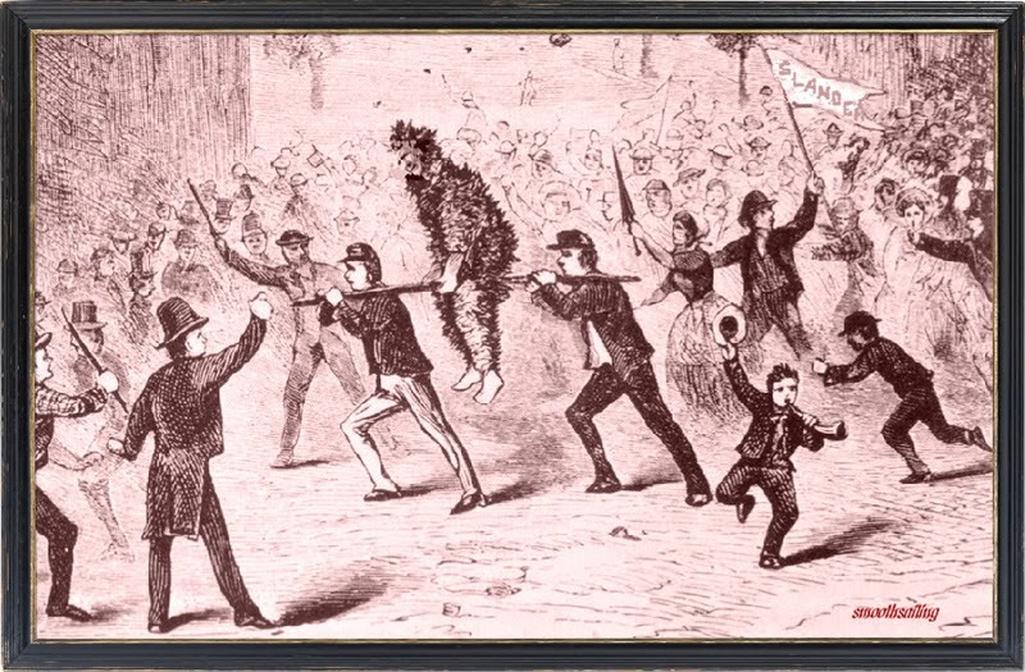
Parading victims around town for hours gave the tar plenty of time to set, especially in cold weather. This sticky coating solidified, making the eventual removal all the more agonizing.
The Un-Tarring Process: Solvents, Scrubbing, and Serious Grit
The key to removal? Solvents and elbow grease. Friends or family often helped with this painstaking job, which required gentleness and determination. Turpentine was the most common solvent to break down the pine tar. But a fair warning: turpentine wasn’t a spa treatment. It stung wildly when applied to skin already raw and bruised.
Victims endured the misery of having turpentine rubbed onto their tar-coated bodies, followed by abrasion with sand, soap, and water. The combination acted almost like a gritty scrub, breaking down or loosening tar bit by bit. It was a lengthy process. You couldn’t just wipe it off with a cloth.
Imagine your skin raw, probably blistered, and then having abrasive cleaning pounded on it repeatedly. The tar removal process often took hours. Not to mention the feathers, which were stuck between the layers of sticky tar and hair, making the mess even worse.
Risks and Social Factors During Removal
Removing the tar wasn’t just physically challenging but socially risky as well. Because the tarred person’s humiliation was public, attempts to help could attract dangerous attention. In 1777, a doctor who tried to aid a tarred Tory was himself targeted and threatened by the crowd. So removal needed to happen far away from the mob. This minimized further violence.
What Come Next? After-Effects and Healing
After the tar was finally off, the damage remained. The removal process often stripped away body hair and even layers of skin. It’s no surprise many victims dealt with a painful condition known as ‘tar acne,’ where their skin got inflamed and scarred.
One firsthand account details: “My friends spent the night scraping, removing the tar, washing, and cleansing my body; so by morning I was ready to be clothed again.” Despite “flesh all scarified and defaced,” the victim was able to continue daily life, even preaching to a congregation.
Non-Fatal Yet Brutal
Interestingly, this form of punishment was rarely fatal. Despite the burning and skin damage, tar wounding alone wasn’t enough to kill—unless it was combined with mutilation or beating. The goal was punishment and humiliation rather than death.
This tactile form of justice was more about making a statement than sending someone to an early grave. The sticky feathers and tar forced victims into public shame that stuck long after the tar did.
Summary: The Tough Road to Cleanliness
- Tar removal meant solvents like turpentine and vigorous scrubbing with abrasives, soap, sand, and water.
- Helping had social risks; removal had to be away from mobs to avoid more violence.
- The process often took hours and caused skin and hair damage.
- ‘Tar acne’ and scars were common side effects.
- Tarring wasn’t fatal but extremely painful and humiliating.
Did You Know?
Pine tar, used in tarring and feathering, insisted on sticking, but didn’t require extreme heat. Asphalt tar would have spelled more skin burns. This made pine tar the “preferred” (if you dare call it that) weapon for disharmony.
And next time you scratch at sticky glue or spilled syrup, be thankful you don’t need to tackle sticky pine tar on raw skin! Removing it was a battle requiring patience, helpers, and probably a serious craving for soothing cream.
Practical Takeaway
If you ever find yourself stuck in a medieval reenactment mishap (unlikely but hey, life is weird), remember: patience and mild solvents (turpentine or special cleaners) plus friends willing to endure some gruesome scrubbing—these are your allies. Also, staying clothed or wrapped during the ordeal spared many victims the worst of it. Clothing is your friend, folks.
Final Thought
Tarring and feathering was a public spectacle that left people sticky inside and out. Removal was no fun either, demanding grit and care. This odd punishment combined humiliation with physical pain—and even though it was brutal, it usually didn’t kill. So next time you’re wrestling with a tough sticky mess, think how much worse it was to be tarred and feathered centuries ago… and then publicly paraded too.

